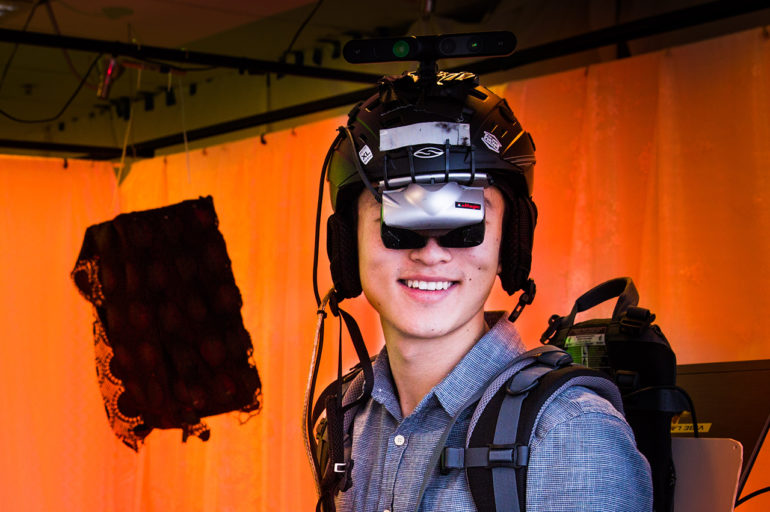AI pioneer Geoffrey Hinton says AI is a new form of intelligence unlike our own. Have we been getting it wrong this whole time?
Dubbed the ‘godfather of AI’, Hinton’s early work helped pioneer many of the methods underlying the AI systems we see today.
